Home > Study Material
Welcome to Daily News Analysis, your singular resource for UPSC CSE/PCS current affairs. Grasp the importance of staying updated for your UPSC/PCS journey.
Daily News Analysis presents essential news from top sources like The Hindu, Indian Express, Business Standard, and PIB, curated in line with the UPSC/PCS syllabus. Our expansive coverage includes Politics, Economics, Science & Technology, Environment, International Relations, and Governance.
Promptness and ease. We provide the day's news by 12:30 PM, serving as a consolidated, updated information hub. With Daily News Analysis, you lead the pack, equipped with trustworthy current affairs content.
Our platform's user-friendly design integrates your daily current affairs preparation into your study regime seamlessly. Explore an array of content - articles, summaries, infographics - to bolster your understanding of worldwide events.
Empower yourself with knowledge and self-assurance, and acquire a competitive advantage with Daily News Analysis. Embark on your journey towards UPSC/PCS triumph today. Remain informed, remain ahead, every single day with Daily News Analysis! Particularly beneficial for UPSC Mains, Daily News Analysis provides detailed analysis of news along with facts, catering to the broader UPSC and PCS examinations.
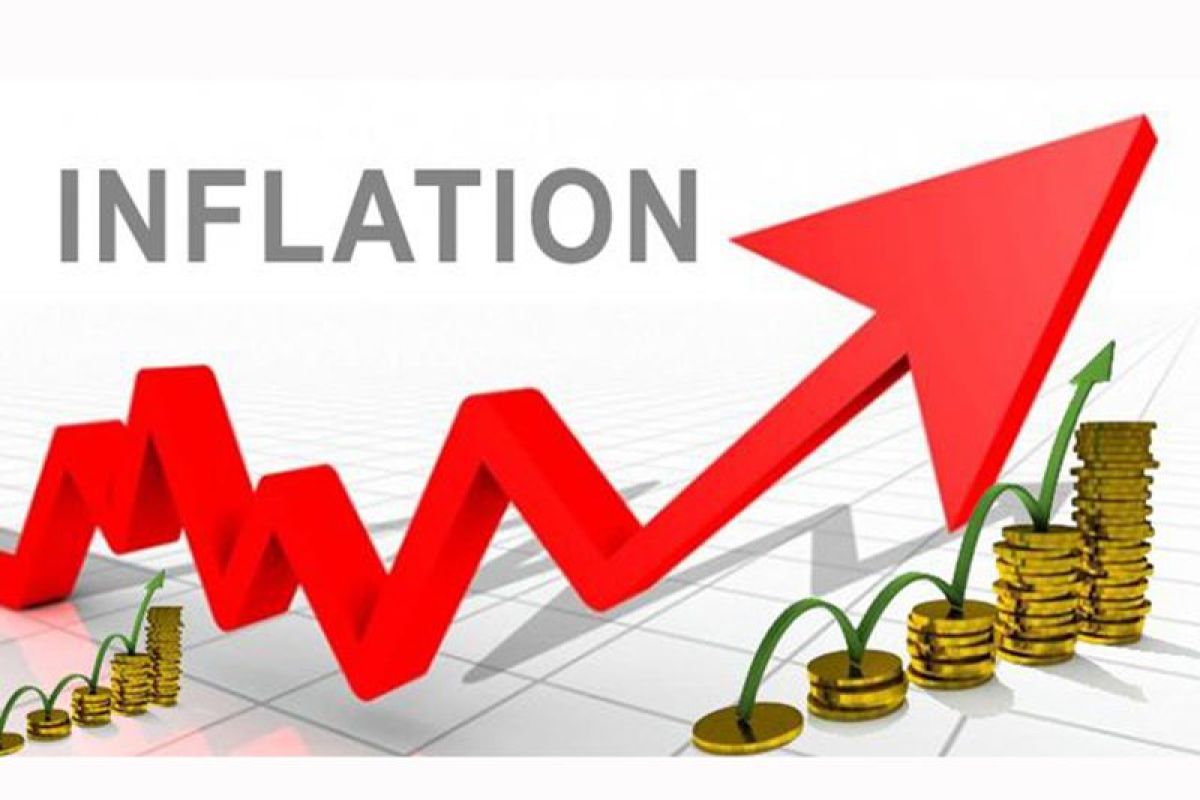
Daily News Analysis for UPSC | Current Affairs for UPSC Preparation | Dhyeya IAS / 20 Sep 2025
Explore how India balances low inflation with high economic growth while facing fiscal challenges. Dhyeya IAS provides insights into key economic issues for UPSC and other competitive exam preparation..
View
Daily News Analysis for UPSC | Current Affairs for UPSC Preparation | Dhyeya IAS / 19 Sep 2025
Discover India’s National Geothermal Energy Policy 2025 at Dhyeya IAS — exploring incentives, opportunities, challenges & global lessons in tapping underground heat. Stay informed & ready for UPSC/PSC exams..
View
Daily News Analysis for UPSC | Current Affairs for UPSC Preparation | Dhyeya IAS / 18 Sep 2025
Stay updated with Dhyeya IAS on India’s logistics sector transition to renewable energy and electric fleets. A key current affairs topic for UPSC & State PSC aspirants..
View
Daily News Analysis for UPSC | Current Affairs for UPSC Preparation | Dhyeya IAS / 17 Sep 2025
Plastic pollution is no longer just waste—it poses a serious threat to the environment, human health, and sustainable development. Explore this global challenge, its impacts, and solutions in Dhyeya IAS Current Affairs..
View
Daily News Analysis for UPSC | Current Affairs for UPSC Preparation | Dhyeya IAS / 16 Sep 2025
UNICEF has released a major report titled “Feeding Profit: How Food Environments Are Failing Children”, which highlights one of the fastest-growing but least-discussed global health threats: childhood overweight and obesity. For decades, malnutrition was associated mainly with hunger, stunting, and wasting in children. These were visible forms of deprivation caused by lack of access to adequate food..
View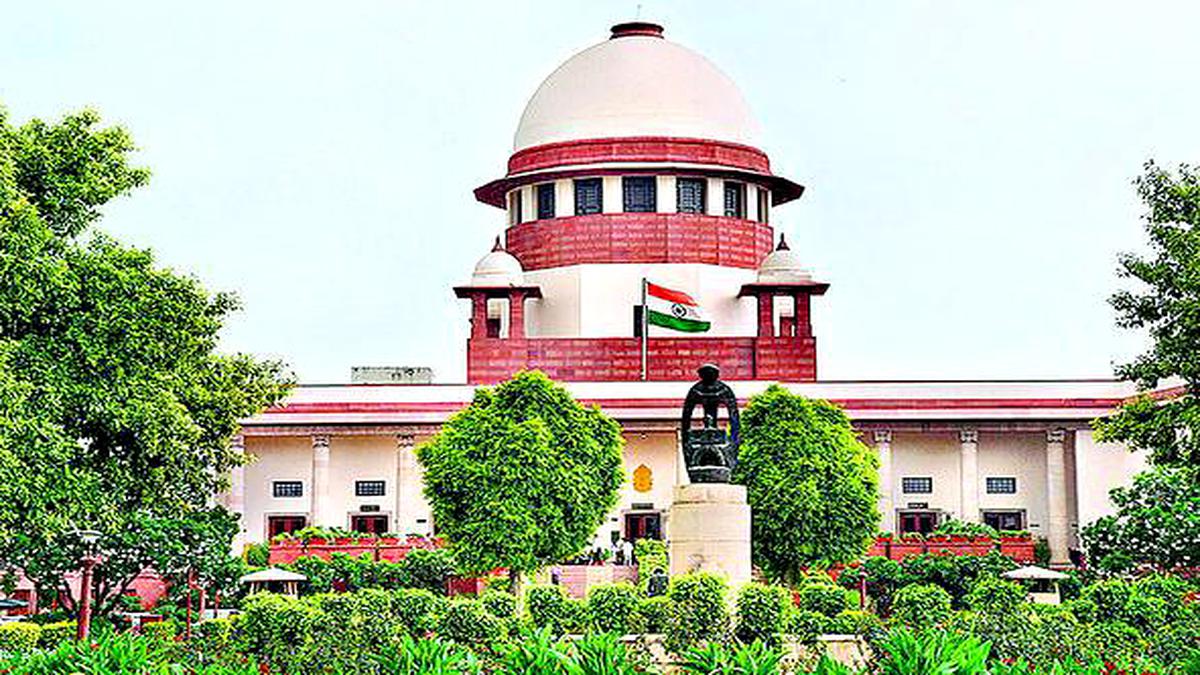
Daily News Analysis for UPSC | Current Affairs for UPSC Preparation | Dhyeya IAS / 15 Sep 2025
The Indian judiciary is often described as the guardian of constitutional values and the final arbiter of justice. Yet, it is simultaneously weighed down by one of the heaviest caseloads in the world. The latest figures released by the National Judicial Data Grid (NJDG) underscore the severity of the problem..
View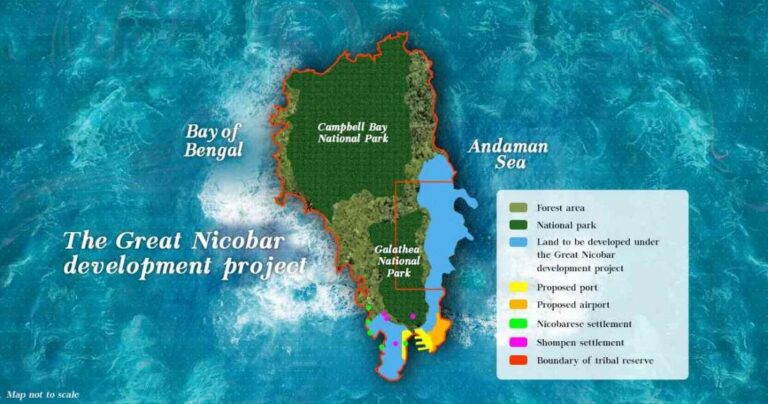
Daily News Analysis for UPSC | Current Affairs for UPSC Preparation | Dhyeya IAS / 13 Sep 2025
The Great Nicobar Project has emerged as one of India’s most debated development initiatives. It is projected as a bold step toward strengthening maritime security, regional connectivity, and economic growth. At the same time, it has attracted concerns over its ecological, seismic, and social impacts. Proposed for Great Nicobar Island—the southernmost part of the Andaman & Nicobar group—the project includes a major container transshipment terminal, a greenfield dual-use airport, township development, and modern infrastructure..
View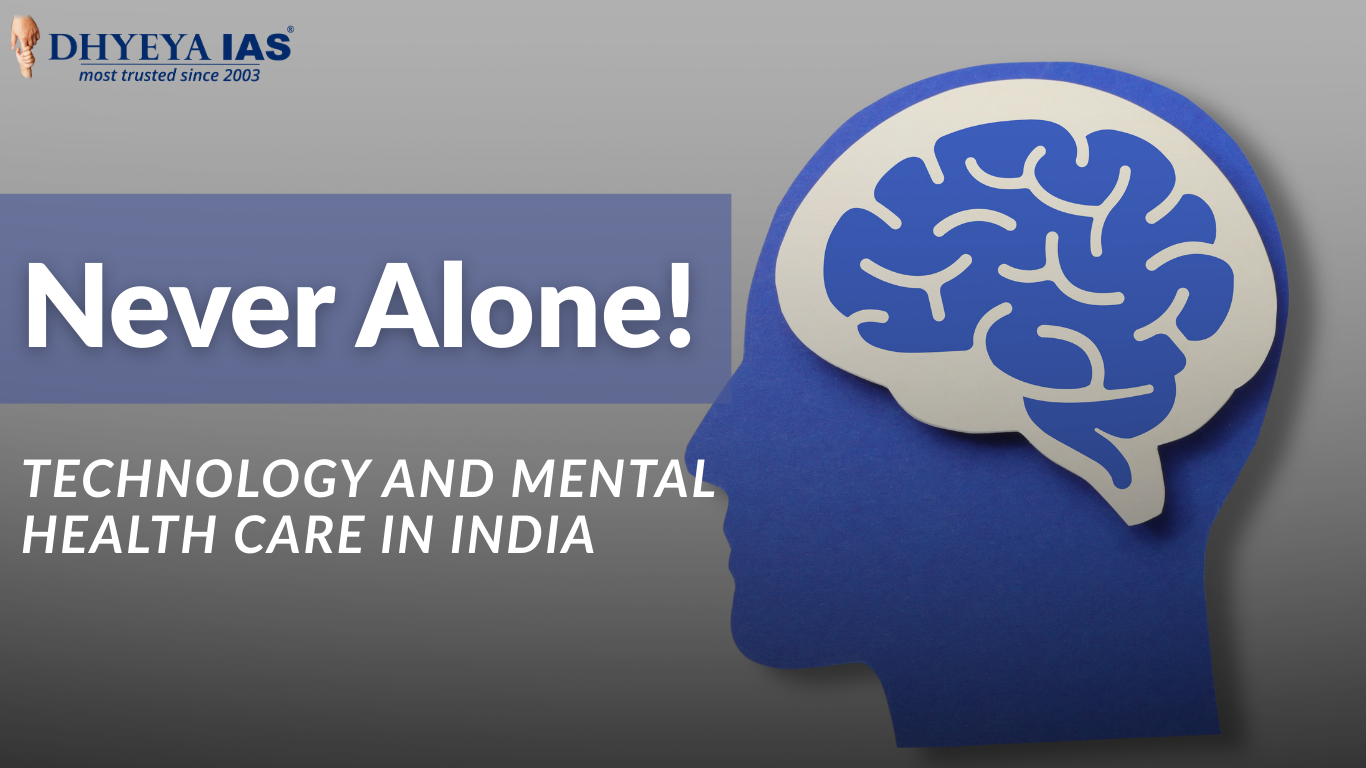
Daily News Analysis for UPSC | Current Affairs for UPSC Preparation | Dhyeya IAS / 12 Sep 2025
Never Alone is a student-focused mental health app in India offering 24×7 support, DSM-based diagnosis, and hybrid consultations..
View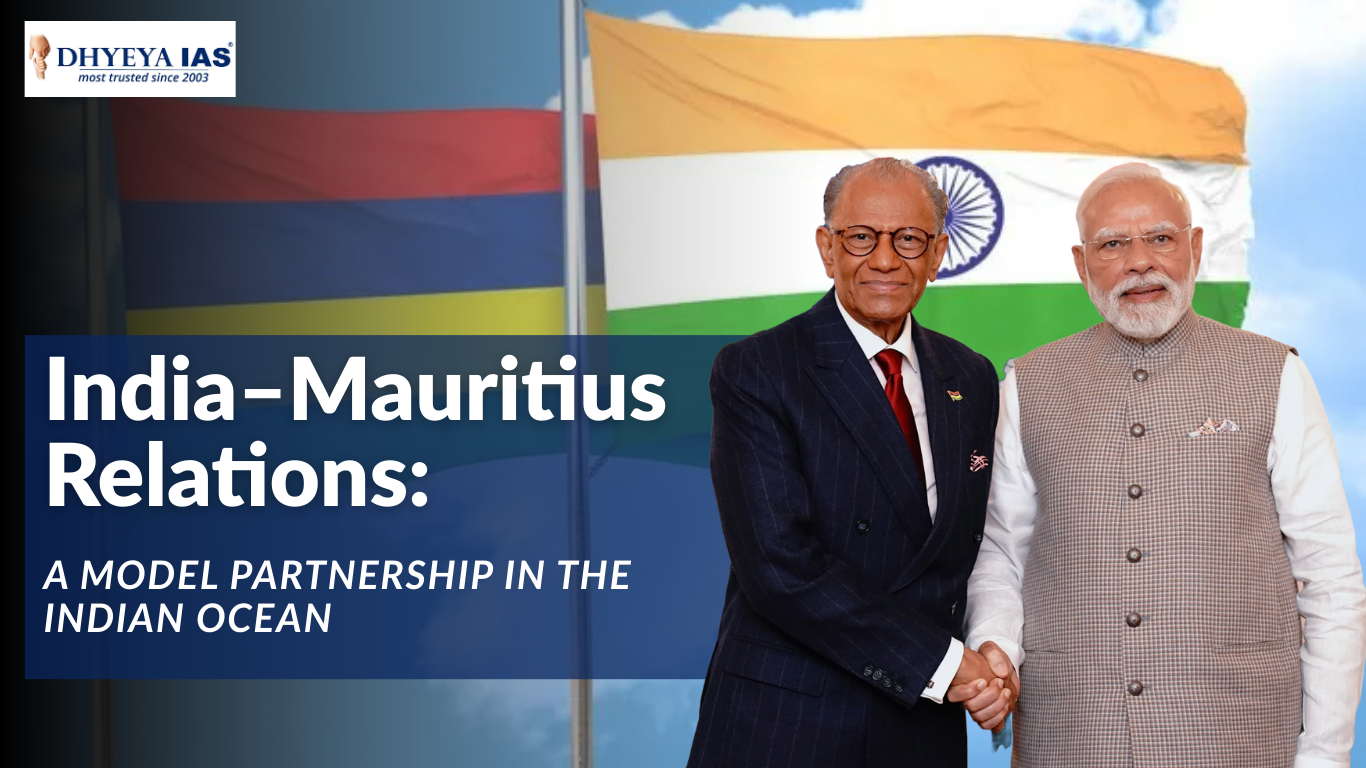
Daily News Analysis for UPSC | Current Affairs for UPSC Preparation | Dhyeya IAS / 11 Sep 2025
India–Mauritius relations are built on deep historical, cultural, economic, and strategic ties. Explore how this partnership strengthens India’s Indo-Pacific vision, diaspora bonds, trade, and maritime security in the Indian Ocean..
View
Daily News Analysis for UPSC | Current Affairs for UPSC Preparation | Dhyeya IAS / 10 Sep 2025
Nepal is witnessing one of its most intense waves of youth-led protests in recent days, popularly termed the Gen Z Protests. The immediate trigger was a government ban on 26 major social media platforms, including Facebook, Instagram, WhatsApp, X, and YouTube..
View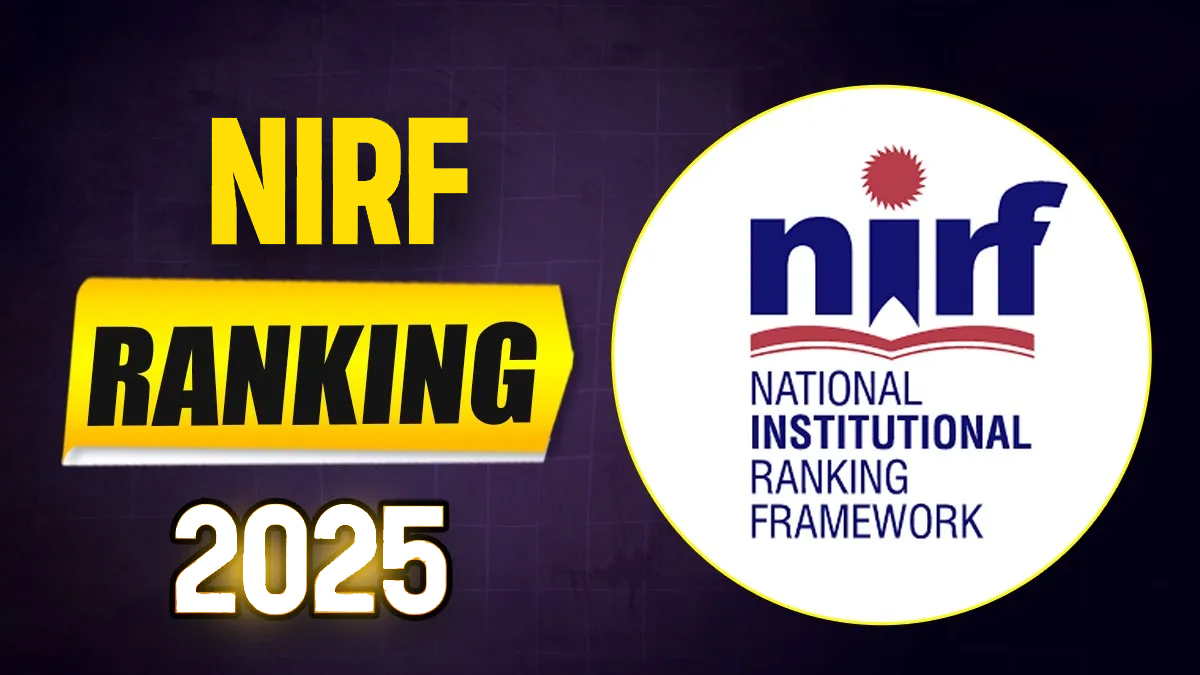
Daily News Analysis for UPSC | Current Affairs for UPSC Preparation | Dhyeya IAS / 09 Sep 2025
Education is the cornerstone of any nation’s progress and intellectual prosperity. India, which is home to the world’s largest youth population today, is not only nurturing talent through its higher education system but is also strengthening its position in the global competition. Against this backdrop, the National Institutional Ranking Framework (NIRF), launched by the Ministry of Education in 2015 and implemented since 2016, has become the most reliable tool for evaluating and comparing higher education institutions..
View
Daily News Analysis for UPSC | Current Affairs for UPSC Preparation | Dhyeya IAS / 08 Sep 2025
Punjab, often called the grain bowl of India, is in the grip of one of its most devastating floods in nearly four decades. Close to four lakh people have been affected, 48 lives lost, and more than 2,000 villages submerged. The estimated economic loss has crossed ₹13,000 crore, with standing crops on 1.72 lakh hectares of land destroyed just weeks before harvest. Livestock deaths, collapse of rural infrastructure, and loss of homes have made the situation even worse..
View